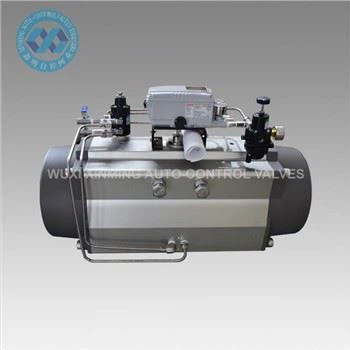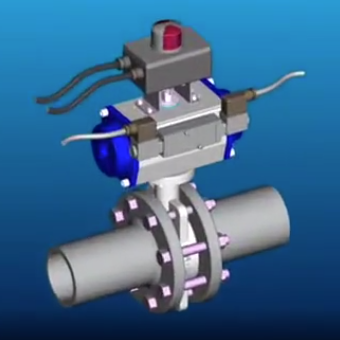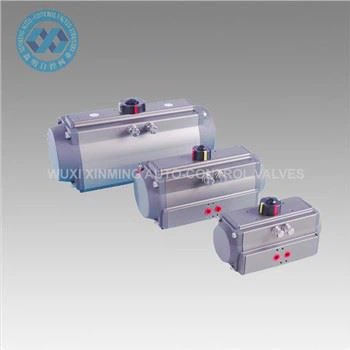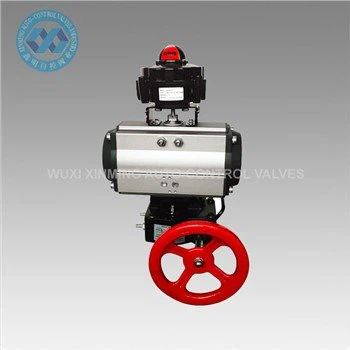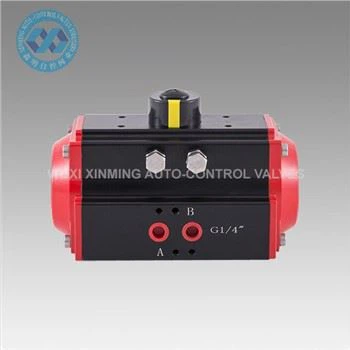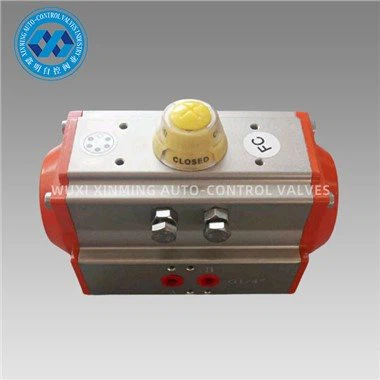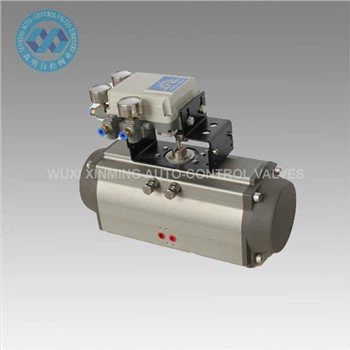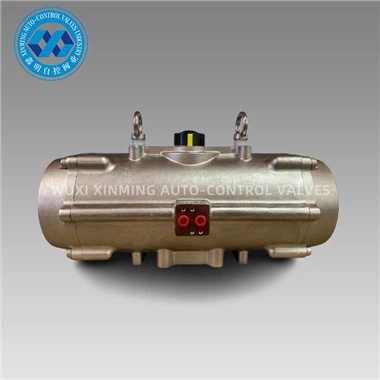Introduction
Rotary actuators are mechanical devices that convert energy (pneumatic, hydraulic, or electric) into rotational motion. They are widely used in automation, robotics, aerospace, and industrial machinery. This article explores the fundamental design principles, types, and key considerations for optimizing rotary actuator performance.
1. Basic Principles of Rotary Actuator Design
Rotary actuators operate based on torque generation and angular displacement. Key design parameters include:
- Torque Output: Determined by actuator size, pressure (for pneumatic/hydraulic), or motor power (for electric).
- Rotation Angle: Limited rotation (e.g., 90°, 180°) or continuous rotation (servo motors).
- Speed & Precision: Influenced by gear ratios, feedback systems (encoders), and control mechanisms.
- Load Capacity: Must account for inertial and external forces.
2. Types of Rotary Actuators
2.1 Pneumatic Rotary Actuators
- Vane-Type: Uses compressed air to rotate a vane inside a chamber (e.g., 90° or 180° motion).
- Rack-and-Pinion: Converts linear piston motion into rotation via a gear mechanism.
- Advantages: High speed, simplicity, and explosion-proof operation.
- Limitations: Lower precision compared to electric actuators.
-

2.2 Hydraulic Rotary Actuators
- Employ fluid pressure for high-torque applications (e.g., construction equipment).
- Advantages: High power density and durability under heavy loads.
- Challenges: Potential fluid leakage and maintenance requirements.
2.3 Electric Rotary Actuators
- Servo Motors: Offer precise control via feedback systems (encoders/resolvers).
- Stepper Motors: Provide open-loop control with incremental rotation.
- Advantages: High accuracy, programmability, and clean operation (no fluids).
- Limitations: Higher cost and sensitivity to overloads.
3. Key Design Considerations
- Material Selection: Aluminum for lightweight applications; stainless steel for corrosive environments.
- Sealing & Lubrication: Critical for hydraulic/pneumatic actuators to prevent leaks and wear.
- Backlash Reduction: Gear trains and harmonic drives improve precision.
- Thermal Management: Essential for electric actuators to prevent overheating.
4. Applications
- Industrial Automation: Valve control, conveyor systems.
- Robotics: Joint movement in robotic arms.
- Aerospace: Flight control surfaces (e.g., ailerons).
5. Future Trends
- Smart Actuators: Integration with IoT for predictive maintenance.
- Miniaturization: Micro-actuators for medical devices.
- Energy Efficiency: Regenerative braking in electric actuators.
Conclusion
Rotary actuator design balances torque, speed, and precision based on application needs. Advances in materials and smart technologies continue to expand their capabilities. Engineers must evaluate trade-offs between pneumatic, hydraulic, and electric systems to optimize performance.
If you want to learn more about low-priced products, please visit the following website: www.xm-valveactuator.com


